Search for...
#Game-Based Learning Bookmarks
Published Bookmarks
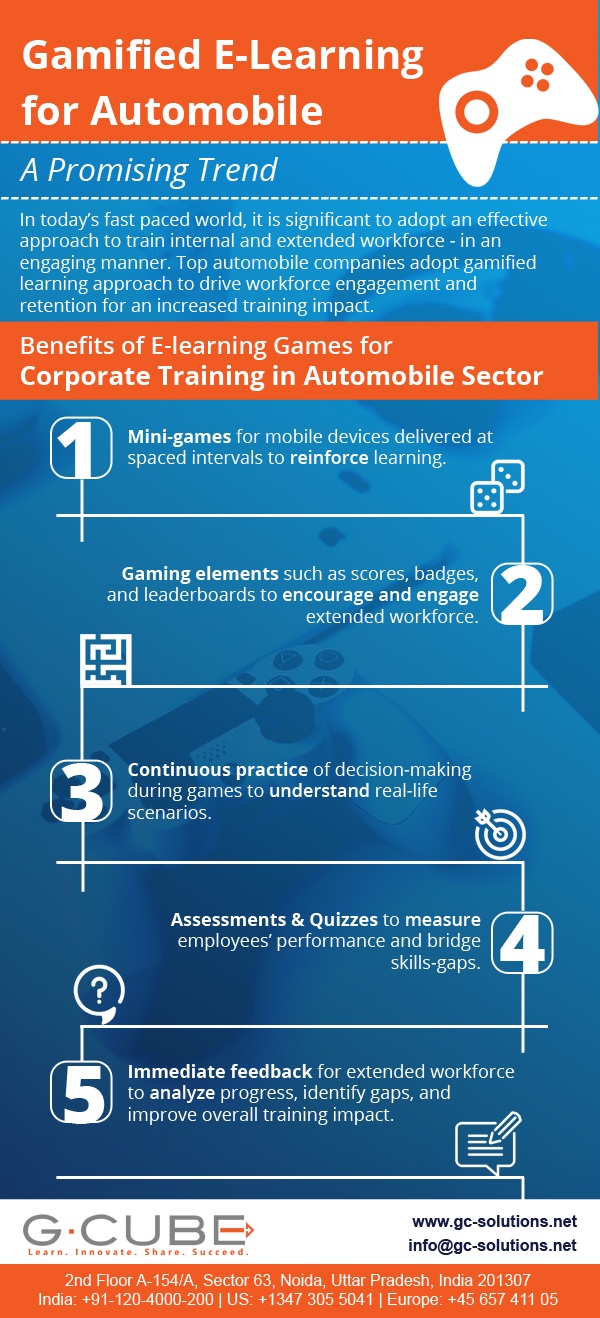 eLearning Games For Corporate Training
eLearning Games For Corporate Training
Games in eLearning develop some sense of motivation and achievement through rewards, badges, assessments, and feedback.
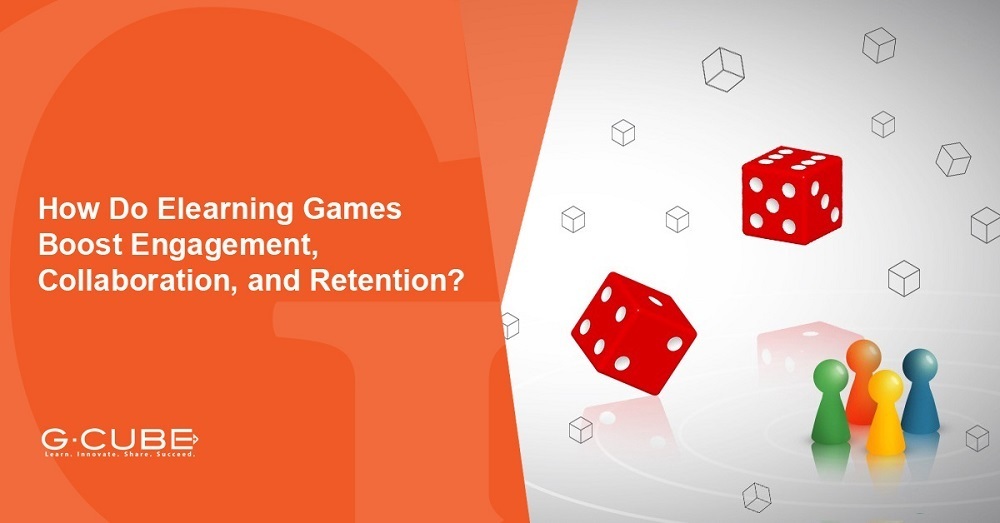 How eLearning Games Boost Engagement
How eLearning Games Boost Engagement
eLearning games are gaining popularity as the new way of engaged learning for modern corporates. It aids trainers and educators to engage and encourage participants to access courses.
 Microlearning And Gamification, A Healthy Mix For Ages
Microlearning And Gamification, A Healthy Mix For Ages
Want to know how to make microlearning and gamification a healthy mix? Read our article Microlearning And Gamification, A Healthy Mix For Ages.
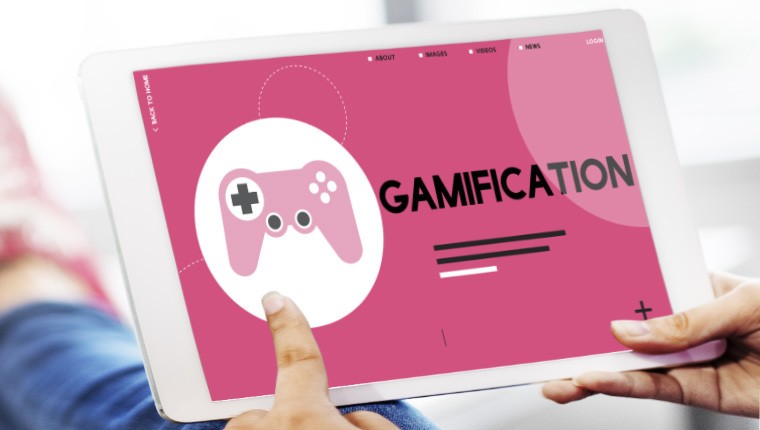 4 Common Misconceptions Of Gamification Dispelled
4 Common Misconceptions Of Gamification Dispelled
There are quite a few misconceptions surrounding eLearning gamification. Here’s an article that attempts to dispel the myths.
 How Does Game-Based Learning Optimize Learner Engagement, Promote Instant Feedback, Create A Risk-Free Training Environment, And More?
How Does Game-Based Learning Optimize Learner Engagement, Promote Instant Feedback, Create A Risk-Free Training Environment, And More?
Game-based learning is becoming one of the primary training tools in today’s digital environment. Games represent everything that is motivating from rewards and teamwork to fun to achievement.
 How Can Edtech Address Evolving School And Workforce Needs?
How Can Edtech Address Evolving School And Workforce Needs?
The education-to-employment gap can be proactively addressed throughout K–20 education by purposefully designed education technologies.
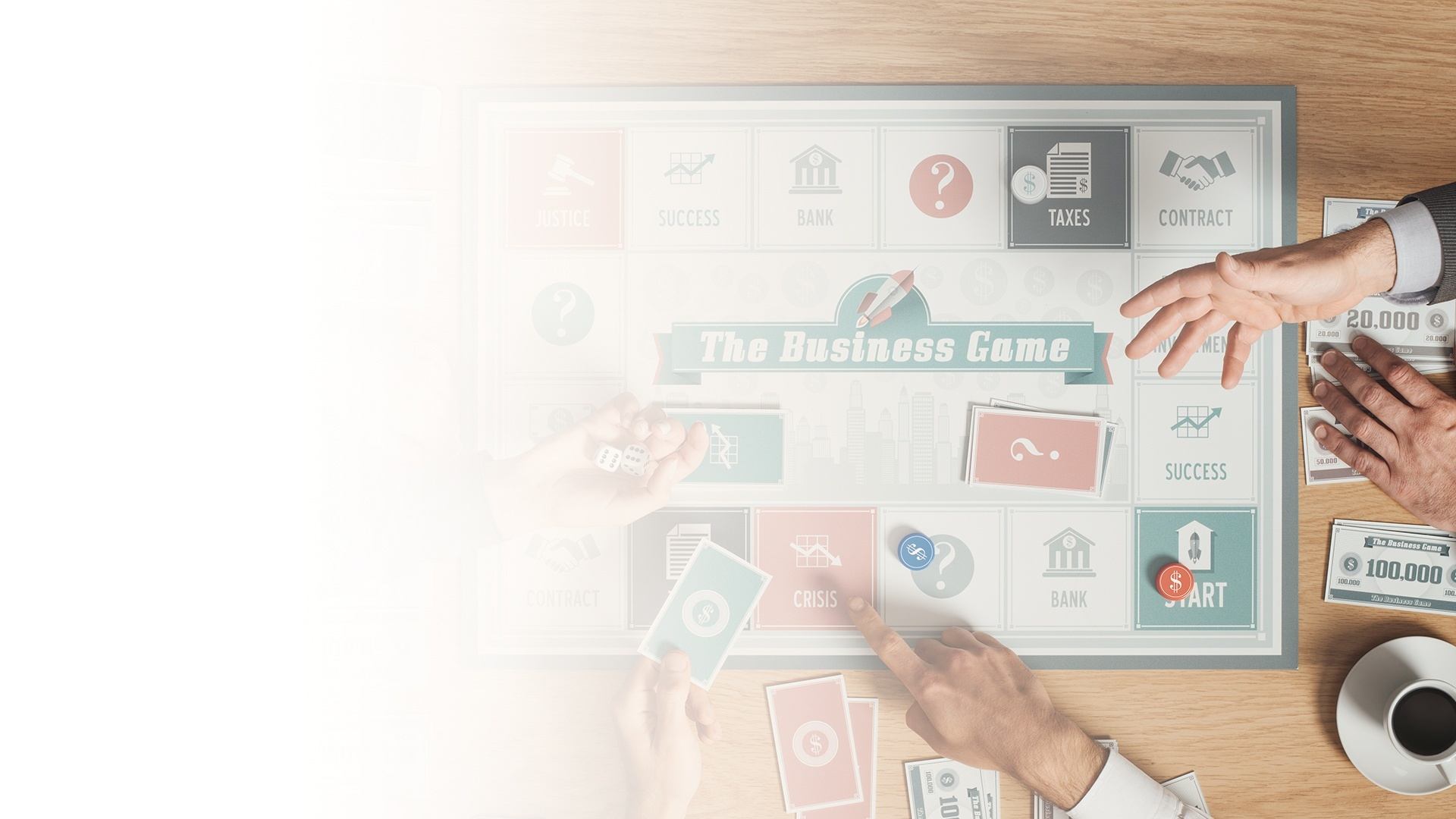 3 Ways Games Are Good For Your Health
3 Ways Games Are Good For Your Health
We’ve seen a rapid increase in gamification and gamified learning, particularly in training and customer outreach. Despite this surge in popularity, games carry the stigma of being something that happens outside of work which makes it tricky to communicate their usefulness as a learning technology.
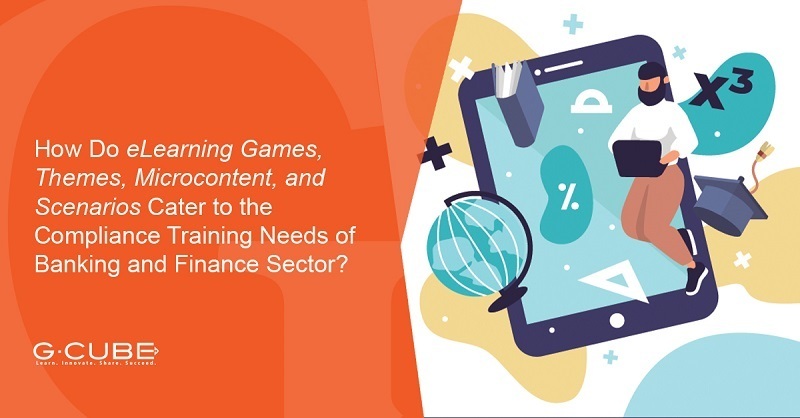 How Do eLearning Games Cater Training Needs of BFSI?
How Do eLearning Games Cater Training Needs of BFSI?
Elearning games play a significant role when there is a need to engage, encourage, and retain employees of banking and finance industry.
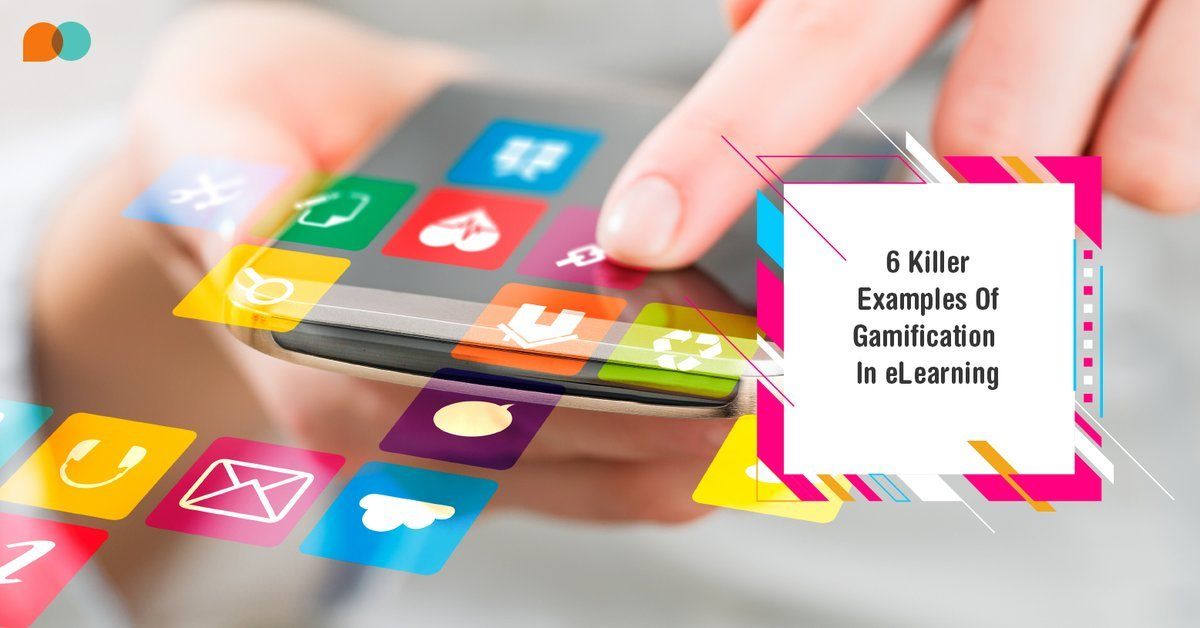 Gamification of Learning Examples : Gamification in Business - EI Design
Gamification of Learning Examples : Gamification in Business - EI Design
This Video shares 6 killer Gamification of learning examples that showcase how to use Gamification in business effectively. Learn more on Gamification of lea...
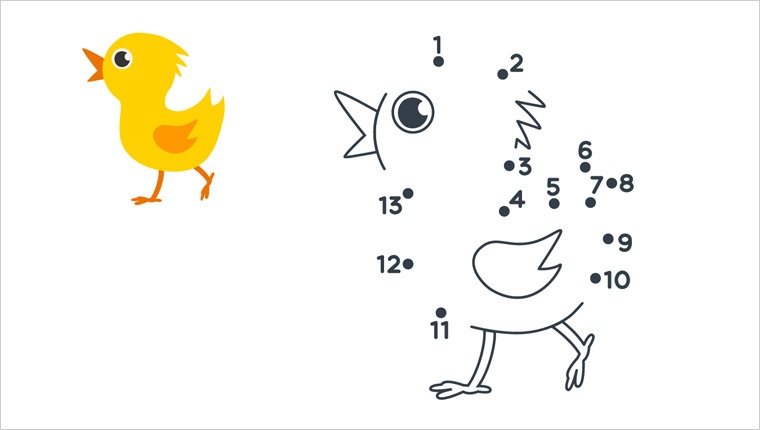 Game-based Learning in eLearning Decoded for You!
Game-based Learning in eLearning Decoded for You!
What is game-based learning? Are game-based eLearning and gamified eLearning the same? What goes into an online game-based course? Explore in this blog!
Submit Bookmark






